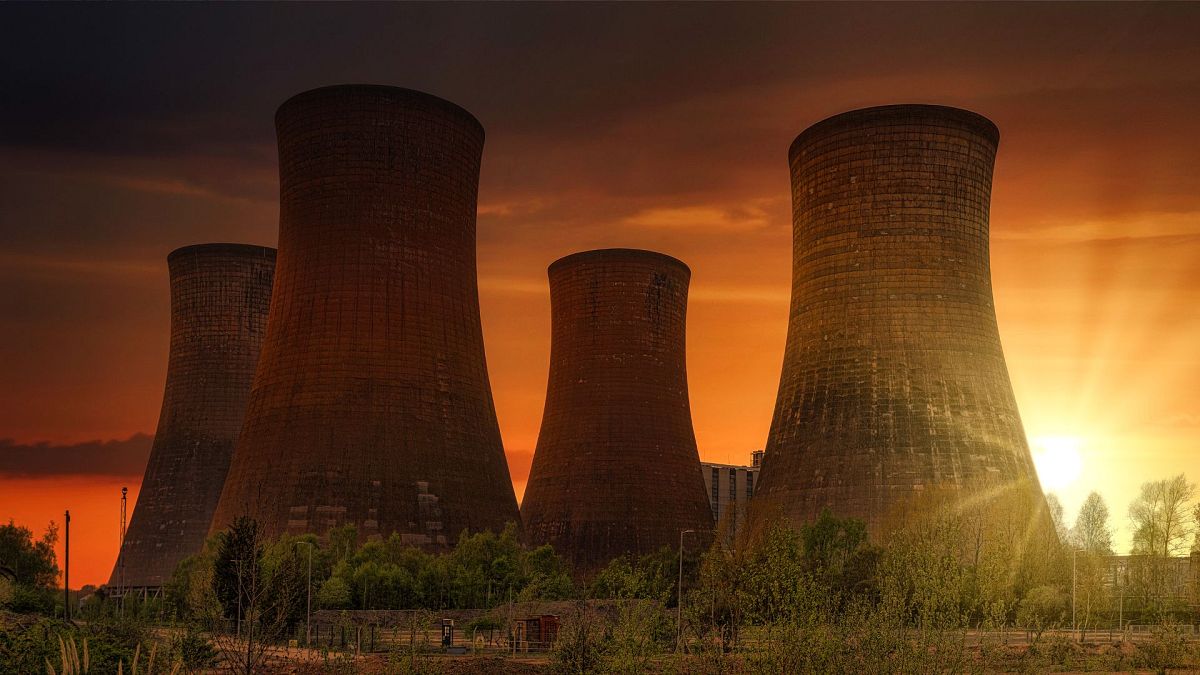Nuclear energy companies have been focusing more on making microreactors in the last few years, which are cheaper, safer and more modular. These are also expected to go a long way in helping decarbonisation efforts across sectors.
Nuclear energy has continued to make significant progress in the last few years, with the past year alone seeing considerable strides in advancing US nuclear deployment targets, historic reactor restarts and several new reactor deployments.
This has been further boosted by new climate targets, with several countries now on the hunt for better sources of renewable energy, in order to achieve their green goals.
While nuclear development in Europe has been somewhat slower than in the US, a number of EU countries such as Romania, France and Bulgaria have still ramped up efforts to buy nuclear projects and increase investments.
Nuclear reactors are used in a variety of industries such as oil production, power generation, manufacturing and desalination. They are also used in research facilities, nuclear power plants and for the propulsion of ships such as icebreakers and submarines.
Several smaller consumer goods such as clocks and watches, smoke detectors and non-stick materials also use small amounts of radioactive material.
In the last few years, many nuclear energy companies have been attempting to slash reactor sizes in order to be able to ramp up production of zero-carbon energy, as well as to help sectors reduce reliance on electric batteries.
These smaller reactors are expected to be approximately the size of shipping containers and essentially function like smaller batteries.
Why are nuclear companies now focusing on microreactors?
Microreactors have the ability to provide clean energy, while also being much more reliable than traditional generators, as they do not need to be refueled for years. They are also considered safer, with passive safety features, which heavily decrease the risk of radioactive releases.
They are also much cheaper than bigger plants, while being modular, as they are factory-built and then installed where they are needed in modules. Microreactors can also be applied to a number of purposes and industries, such as water desalination, district heating, military bases and more.
They do not require any workers or control room on site to operate or maintain them, allowing for more autonomous operations across sectors, while also decreasing labour costs.
One of the main reasons for nuclear energy companies’ shift to microreactors at the moment is to replace traditional generators which use fossil fuels such as gas and diesel, in an effort to help with global decarbonisation efforts.
At present, these kinds of gas and diesel generators are used in a number of industries such as agriculture, manufacturing, healthcare, construction, education, transportation and defence, among several others. They are also used for specific functions such as offshore oil and gas drilling platforms, as well as data centres.
As such, the shift to nuclear microreactors can go a long way in helping these industries reduce their carbon emissions and footprint in part at least.
Microreactors have also been gaining popularity as their uses in the mining industry are becoming more pronounced. The majority of mines use diesel as their main power source for excavating purposes at the moment, which can be expensive, as well as heavily polluting. However, microreactors can take care of both these issues, due to their clean power supply, as well as long performance duration.
One of the main companies leading the microreactor revolution is Westinghouse Nuclear, which is working on developing the eVinci microreactor. This is expected to have an output of about 5 megawatts of electricity for more than eight years, without the need to be refueled.
It will aim to provide safe, carbon-free and scalable energy to a number of applications such as universities, remote communities, data centres, industrial centres and defence operations. It will also have the capacity to produce hydrogen.
Jon Ball, head of Westinghouse Nuclear’s eVinci microreactor programme, said: “Initially, the idea was there are parts of the economy that are very difficult to decarbonise, especially remote communities that depend on transportable diesel, which is very expensive. But the level of interest has really expanded and we believe this is going to be a significant growth area,” as reported by Financial Times.
Nuclear energy still faces hurdles to going mainstream
Although nuclear energy has made impressive strides when it comes to advancing progress for global climate goals, it still faces a considerable amount of backlash.
One of the main issues raising concerns is the production of radioactive waste and its improper disposal, in many cases. This has led to increased fears of risks to human and environmental health for the next several years, in case this waste contaminates key resources like water bodies and land.
The risk of nuclear disasters such as the Chernobyl disaster and Fukushima Daiichi nuclear power station accident has also driven much of the opposition against new and existing nuclear projects.
Another major concern includes the risk of nuclear weapons proliferation, which can exacerbate ongoing geopolitical tensions. Other risks include uranium miners dealing with rising lung cancer rates.
However, one of the biggest deterrents to nuclear power so far, which is also expected to impact microreactor production, is the cost of building nuclear reactors, which can often amount to billions of dollars.
Although microreactors cost much less than traditional nuclear reactors, they still require a significant investment, while also not having a very developed market yet. This makes it considerably harder to find investors, especially in the current uncertain economic situation.







